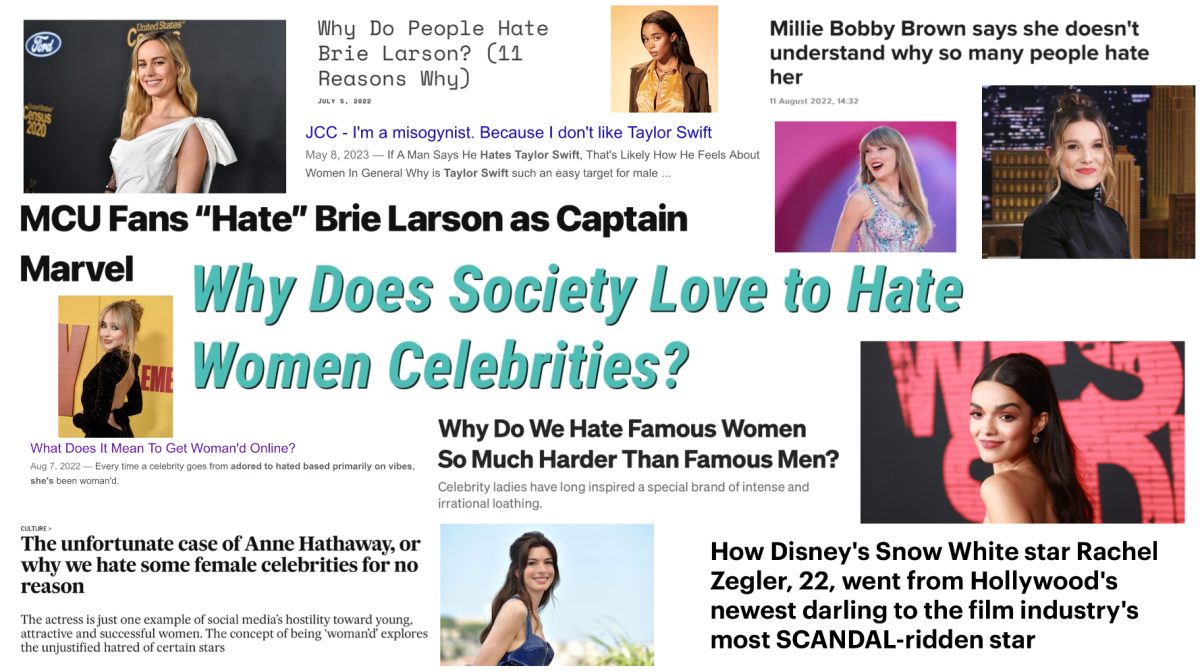It’s a scenario countless teenagers have faced: as your eyes glaze over the wall of videos filtering their way through your feed, you stumble across a post. Glancing at the caption, you read the words “love yourself,” followed by the phrase #BodyPositivity. Deciding to click on the hashtag, you’ve unknowingly opened Pandora’s Box. In an instant, you’re surrounded by dozens of posts discussing insecurities you didn’t even know existed — from thigh gaps to side profiles to cellulite. After scrolling through clips of strangers urging their audience to embrace their imperfections, you’ve suddenly become hyper-aware of yourself, your mind polluted by unrealistic expectations and falsified by ten-second videos. You look down at your own body, feeling every imperfection, despite the videos’ positive messages. You think to yourself, “Why is something well-intentioned making me feel so bad about myself?”
Body positivity, rooted in the fat liberation movement of the 1960s, encourages the acceptance of different body types, especially those that don’t fit typical beauty standards. The movement initially advocated for the equal representation, opportunity, and treatment of all body types. However, in more recent years, the movement’s origins have been overshadowed by social media posts and influencers showcasing thinner, more socially-accepted body types, a popular trope that diminishes the purpose of the movement entirely.
Despite its best intentions, the body positivity movement often has harmful consequences, primarily because it reinforces the idea that your appearance — more specifically, your body — is the sole arbiter of your happiness. In fact, according to researchers at Clarkson University, body-positive messages are often unsupportive and lacking depth, leaving recipients feeling increasingly self-conscious.
This type of fake positivity significantly affects teenagers, as they’re susceptible to the adverse effects of self-comparison commonly seen on social media platforms. These consequences include depression, anxiety, and even some extreme behaviors such as eating disorders. As teens become more and more aware of the way their jawline looks from the side, or the way their jeans hug their waist when they look in the mirror, their confidence plummets further and further.
Nevertheless, the body positivity movement has seen its moments. Many individuals have been reassured by posts normalizing unconventional features or comforted by advertisements that include a diverse range of body types. But constantly forcing teenagers to feel comfortable in their own skin can be just as taxing as fighting the commonly-held prejudices that have created these insecurities to begin with.
To move forward, influencers and activists at the forefront of the body positivity movement must reinvent what being “body positive” actually means. Being fat doesn’t automatically make a person unhealthy, and being thin doesn’t necessarily equate to a healthy lifestyle. Teenagers can exist without the validation of mainstream media; they can thrive without looking “acceptable” to others. No one should base their happiness on appearances; instead, everyone should create a relationship with their body that stays constant. Someone’s confidence in themselves shouldn’t change every time society’s ideal body type does.


















